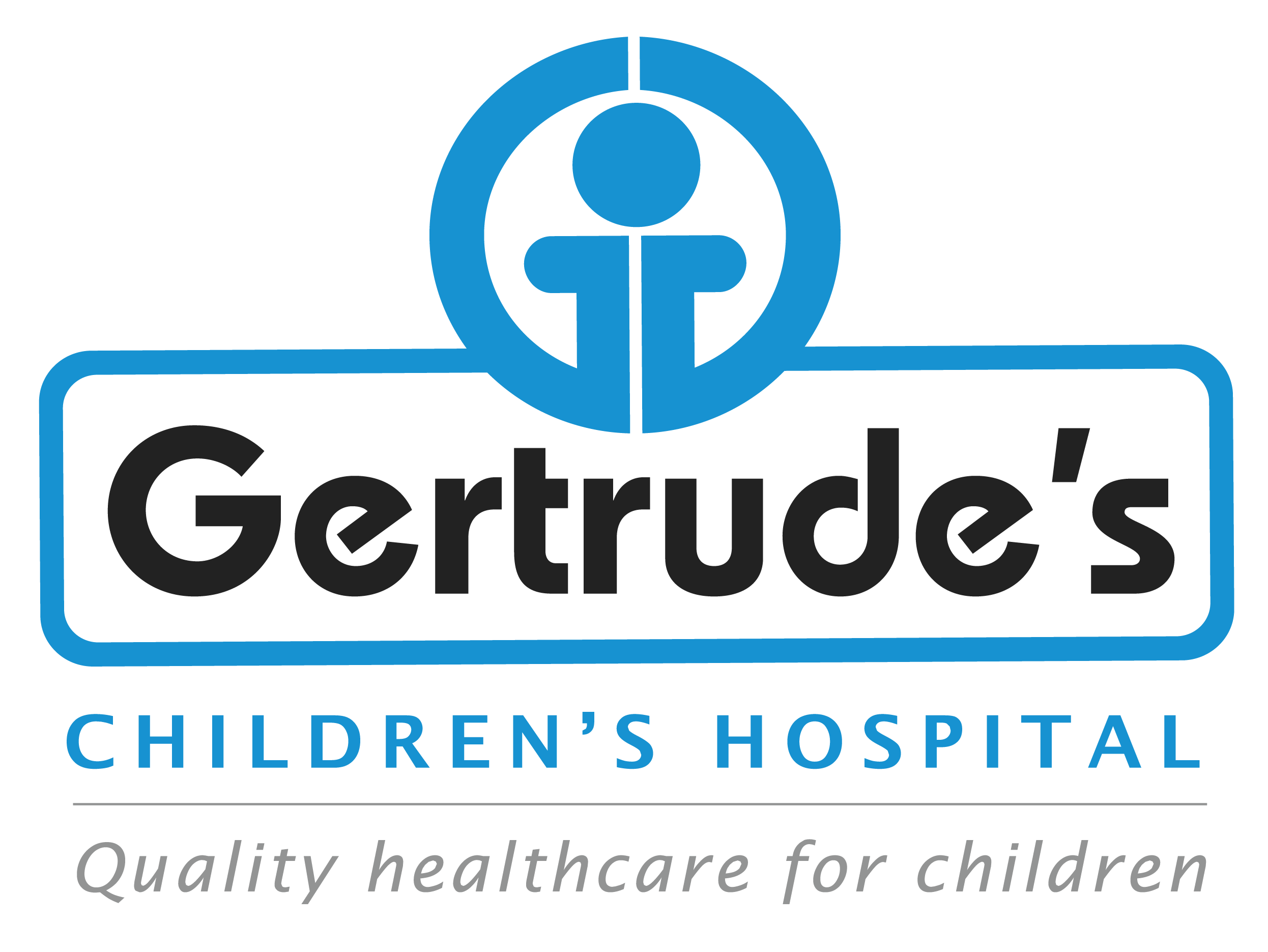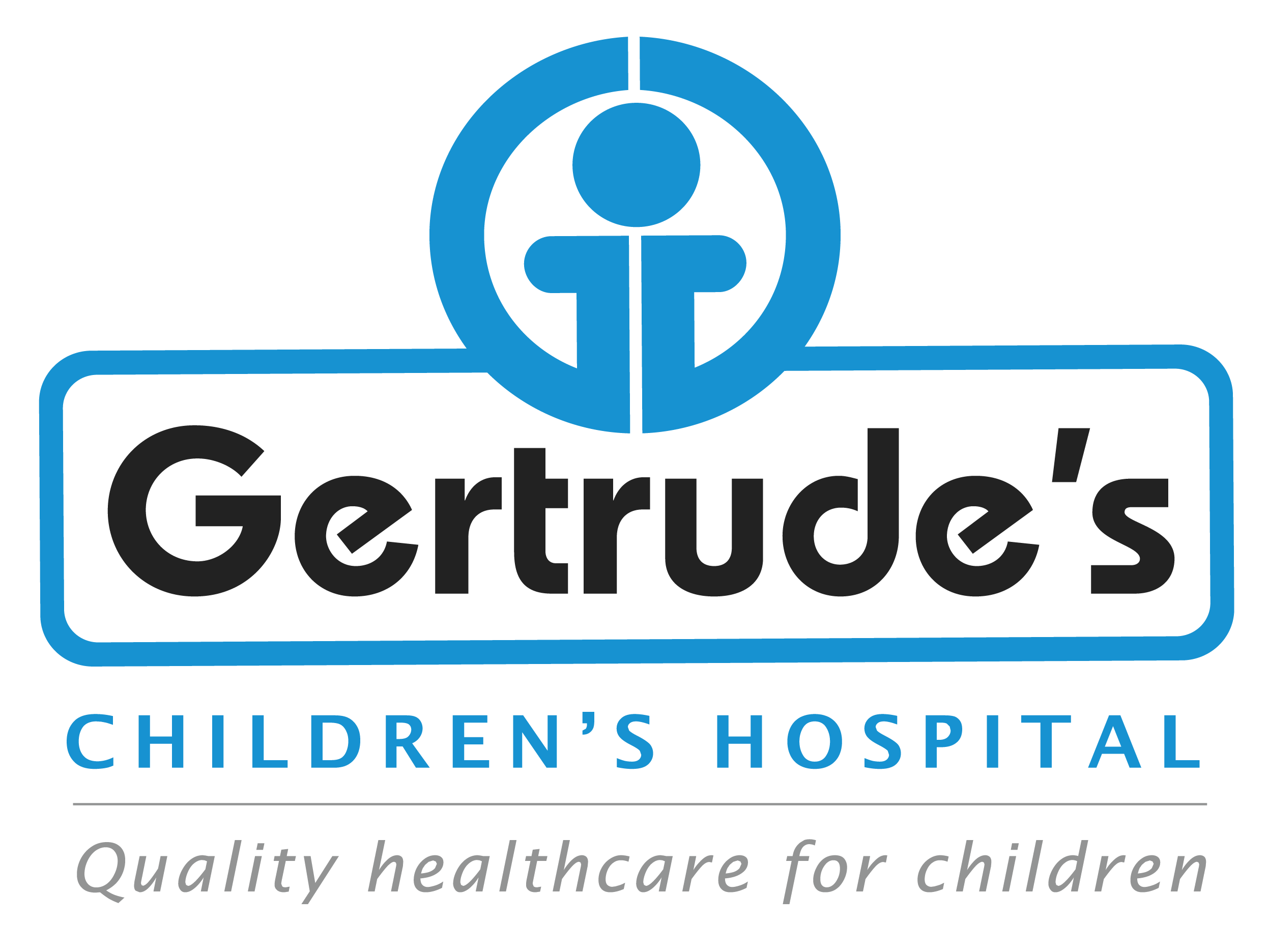Chronic Lung Disease of Prematurity (CLD), also known as Bronchopulmonary Dysplasia (BPD), is a long-term respiratory condition that affects premature infants, particularly those born before 32 weeks of gestation or with very low birth weight. CLD occurs when a baby’s lungs are not fully developed at birth and require prolonged oxygen therapy or mechanical ventilation. The condition results from the combination of immature lungs and the treatments used to support breathing, which can sometimes cause lung injury. Babies with CLD may experience difficulty breathing, require additional oxygen, and are at risk for respiratory infections. Although most babies with CLD improve over time, some may have long-term respiratory issues.
Symptoms
- Breathing Difficulties: The baby may have rapid or labored breathing.
- Need for Oxygen: Many infants with CLD require supplemental oxygen for an extended period.
- Frequent Respiratory Infections: Babies with CLD are more prone to lung infections.
- Wheezing or Chronic Cough: These symptoms may persist as the child grows.
- Poor Growth: Some infants may have difficulty gaining weight due to the extra energy required for breathing.
Causes
- Premature Birth: The lungs of premature infants are not fully developed, making them more susceptible to damage.
- Oxygen Therapy: While necessary to support breathing, prolonged exposure to high levels of oxygen can damage the delicate lung tissue of preterm babies.
- Mechanical Ventilation: The use of ventilators to assist breathing can sometimes cause lung injury, especially in very premature infants.
- Infections: Respiratory infections in premature babies can contribute to lung inflammation and damage.
- Inflammation: The immature lungs of premature infants are more likely to become inflamed, leading to scarring and chronic lung disease.
Diagnosis
- Clinical Observation: Doctors monitor the baby’s breathing patterns, oxygen requirements, and overall lung function.
- Chest X-rays: Imaging studies can reveal lung changes characteristic of CLD, such as scarring or overinflation.
- Oxygen Dependency: A diagnosis of CLD is often made if a premature infant still requires oxygen at 36 weeks postmenstrual age.
- Pulmonary Function Tests: These tests assess the baby’s lung capacity and function to determine the severity of the disease.
Treatment Options
- Supplemental Oxygen: Many babies with CLD need additional oxygen to maintain healthy blood oxygen levels.
- Diuretics: These medications help reduce fluid buildup in the lungs, making breathing easier.
- Bronchodilators: These drugs can help open the airways and improve breathing.
- Nutritional Support: Ensuring proper nutrition is vital for growth and lung development, and some babies may require high-calorie formulas or tube feeding.
- Infection Prevention: Preventing respiratory infections is crucial, so babies with CLD may receive vaccines and antibiotics to reduce the risk.
- Long-Term Monitoring: Babies with CLD require regular follow-up visits with a pediatric pulmonologist to monitor lung function and overall health.
Why Choose Us
Expert team
Our pediatric specialists have extensive experience in treating children.
Personalized care
We create treatment plans that fit each child’s unique needs
Support and education
We teach children and families how to care for them and prevent future cases
Advanced treatments
Access to the latest treatments and products
Contact
Please feel free to contact us with any general or medical enquiry by calling us.





